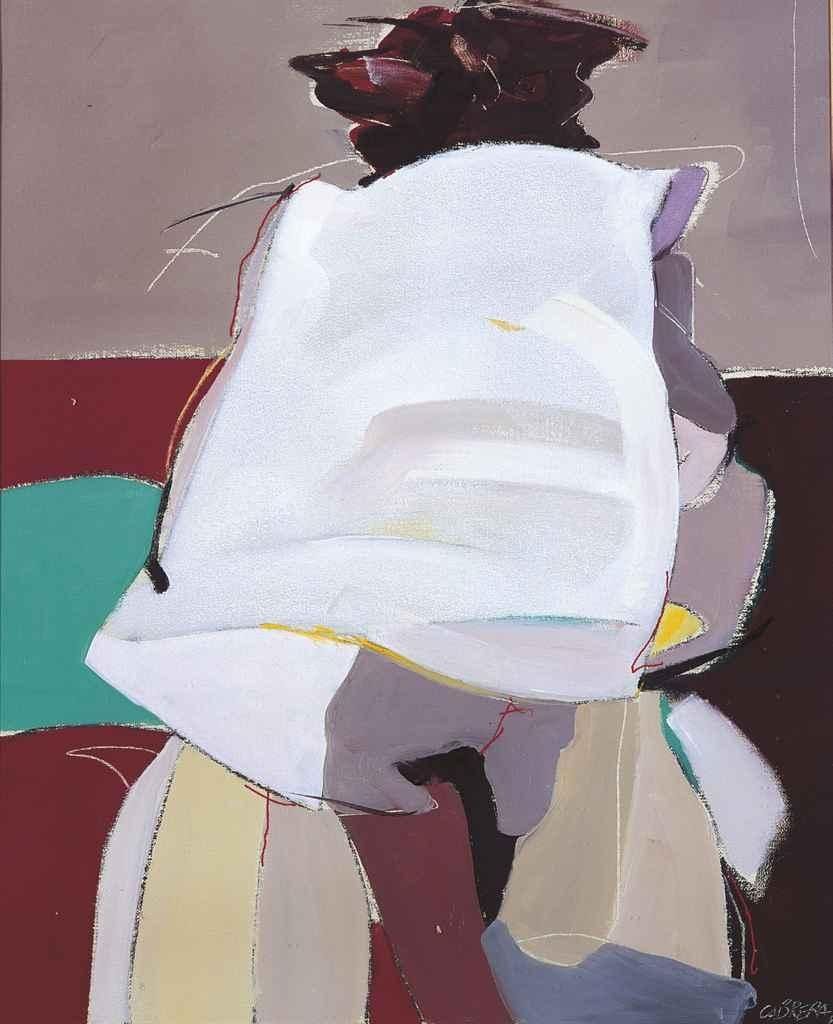Through the years, lovers of the arts have been captivated by his works, each of them unable to break free from the artist's compelling grasp
The Filipino art community has been blessed by the visions of National Artist Benedicto "Bencab" Reyes Cabrera. With his name etched in the Filipino art scene, aesthetes and critics alike await his next works with much enthusiasm.
In this article, Tatler lists some of the artist's most memorable pieces.
See also: 5 Things You Need to Know About BenCab
1. Crisis in Humanity

The dictionary defines a humanitarian crisis as a "singular event or a series of events that are threatening in terms of health, safety, or well-being of a community or large group of people."
In Bencab's work, the phenomenon was used as a sublime statement against the era of resurgent fascism and brazen historical revisionism.
In 2017, the artist joined Karapatan: Artists Stand for Human Rights with the artwork in hand.
“As the exhibition had a human rights theme, I agreed to be part of an exhibition of large drawings that is currently on in the Vargas Museum. The title of my drawing is ‘Crisis in Humanity',” he explained.




